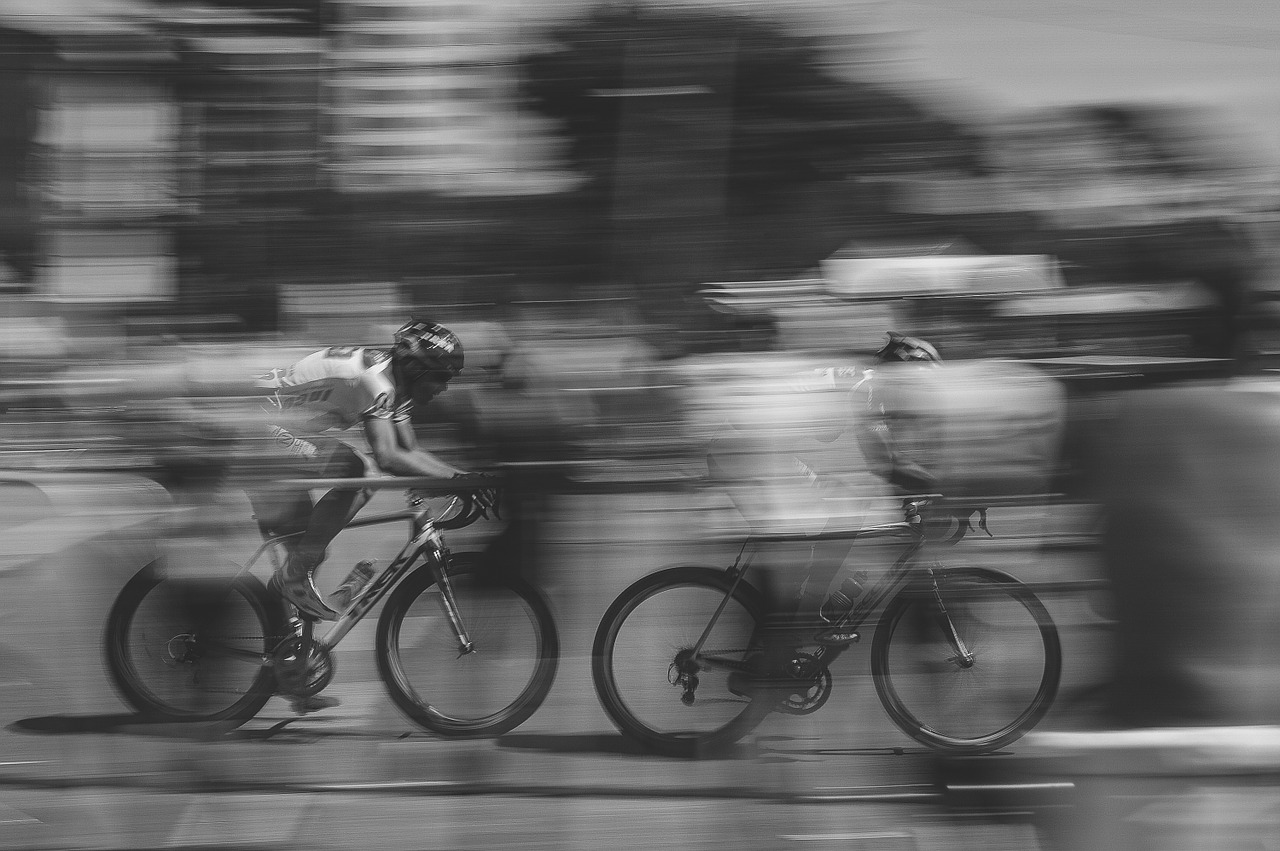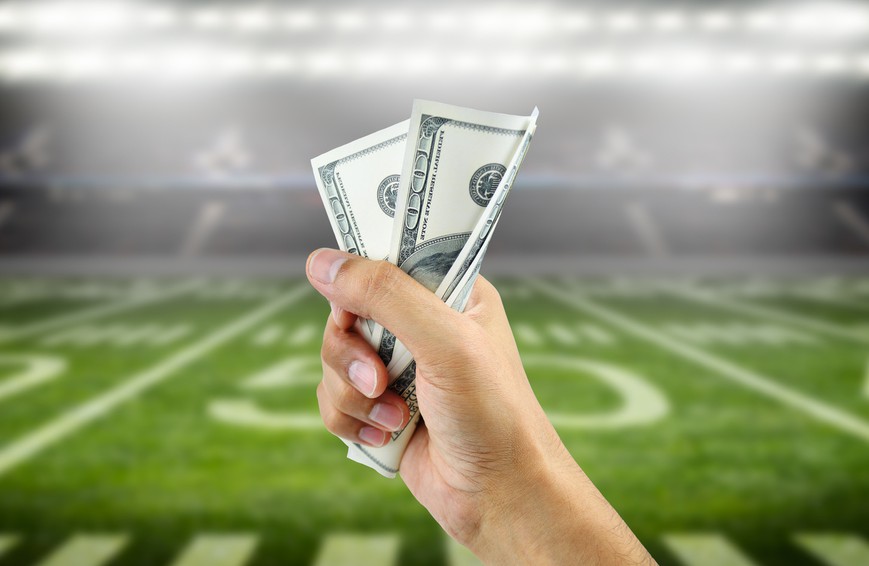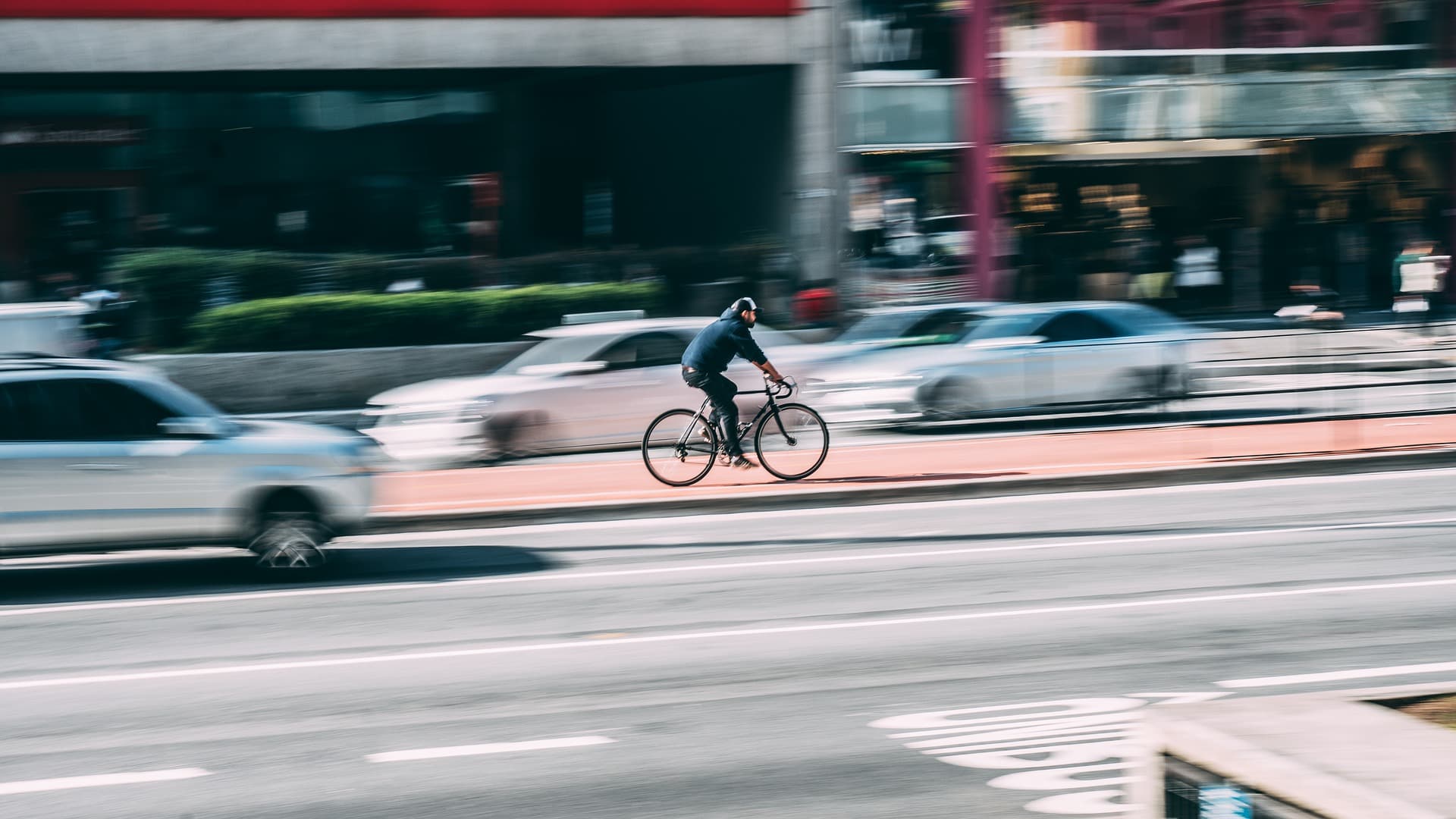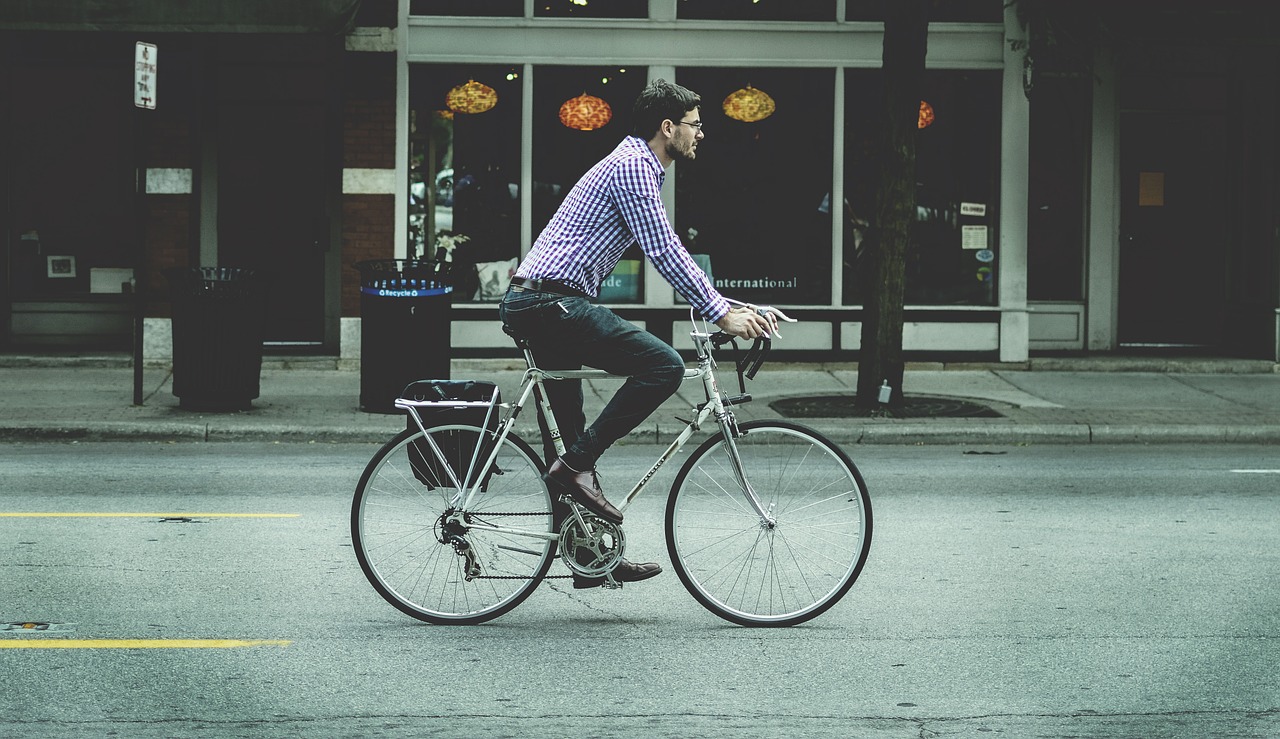The list of benefits of riding a bicycle is almost as endless as the length of all the roads and trails on which you can ride it.
1.Riding a bicycle has a positive effect on the psyche. Researchers have estimated that people who lead active lifestyles rate their well-being 32% higher than sedentary individuals. Exercise improves mood in different ways: adrenaline is released, endorphins are produced, and self-esteem increases due to achieving goals. Riding a bicycle allows you to exercise in the fresh air, explore new places, look at the surroundings in a different way. You can ride alone, it gives you time to deal with your anxieties and worries, or together with other cyclists, it gives you a chance to socialize.
2. Cycling promotes weight loss. Everyone knows the simple formula for weight loss: burn more calories than you consume. Depending on the intensity of the ride and the weight of the cyclist, cycling burns between 400 and 1,000 kilocalories per hour. While you enjoy cycling, you can lose weight at the same time. If you eat right, you will surely lose weight.
3. Cycling develops your muscles. When you pedal, not only burns fat, but also strengthens the muscles, especially the gluteal muscles, quadriceps, thigh and lower leg muscles. The body expends more energy to maintain muscle than it does to maintain fat, so people with a higher percentage of muscle spend more calories even when they are not moving. To be clear, cycling alone won’t pump up your quads the way professional cyclists do (you’d have to spend a bunch of extra time at the squat rack to do that).
4. You can make yourself a second breakfast. If you bike to work, you can in good conscience add a snack or two a day. Since a half-hour ride burns 200 to 500 kcal, you qualify for an unscheduled second breakfast, unless of course you’re on a strict diet.
5. Your lungs will become healthier. This statement seems strange, but recent studies have shown that cyclists inhale less carbon monoxide and pollutants than people who ride a car. Researchers from King’s College London, Camden Council and the Healthy Air Campaign attached air pollution detectors to motorists, bus passengers, pedestrians and cyclists on busy streets in central London. As a result, the detectors showed that motorists had 5 times more pollution than cyclists, 3.5 times more pollution than pedestrians, and 2.5 times more pollution than bus passengers. In short: the cyclist won.
6. Reduced risk of heart disease and cancer. Riding a bicycle increases heart rate, makes blood circulate faster through the body, burns calories, and reduces the cyclist’s chance of becoming overweight. The U.K. National Health Service recommends cycling to reduce the risk of serious diseases such as cardiovascular disease and cancer. The University of Glasgow studied 260,000 people over five years and concluded that daily cycling cuts the risk of these diseases in half.
7. Bicycling is almost harmless. Many of the benefits of cycling have to do with the fact that it’s physical exercise. So maybe it’s easier to go for a run? However, unlike the cyclist, the runner is “dragging” their weight, hence their injury rate is higher. When comparing long-distance runners to cyclists, it was found that runners were 2.3-2.4 times more likely to suffer muscle damage, 3.5 times more likely to suffer from inflammation, and they had 87% more delayed muscle pain syndrome. The downside of “missing” weight: cycling doesn’t increase bone density as much as other sports, so cyclists would do well to add some strength training to their program.
8. Cycling saves time. Let’s compare processes:
- Getting into a car, then driving, then being stuck in traffic, finding a parking spot, parking, getting from the parking lot to the right place.
- Coming to a bus stop, waiting for a bus, getting on it, taking a winding route, getting off half a kilometer from your destination.
- Get on your bike, ride in spite of the traffic, lock your bike in place. You’re there. Biking saves money for gas or public transportation tickets, and it saves time.
9. Bike rides develop navigational skills. In a world of in-car navigation systems and Google maps, the incentive to hone your innate sense of direction is gone. If you don’t have a GPS on-board computer on your bike, you’ll develop the skills of a full-time cartographer and won’t get lost in three pines by studying and plotting your own routes.
10. Bicycling has a positive effect on your sex life. Most of us have no doubt that sex is healthy, but not everyone knows how beneficial it is to our overall health. In fact, regular sex can actually prolong life. So can cycling improve your sex life? Dr. Matthew Forsythe, a urologist and enthusiastic cyclist from Portland, Oregon, commented, “All those muscles [that work when you ride a bike] are used during sexual intercourse. The better developed those muscles are, the longer and more active the sexual relationship is.”
11. Improved sleep. Researchers at Stanford University School of Medicine asked sedentary patients suffering from insomnia to ride their bikes for 20-30 minutes every other day. As a result, they slept an hour longer and the time to fall asleep was cut in half. This is because exercising outdoors helps adjust a person’s biological clock and also reduces levels of cortisol, a stress hormone that interferes with deep restorative sleep.
12. The brain works better. That exercise is linked to brain health and serves as a prevention of dementia in old age has been confirmed repeatedly. For example, a 2013 study found that while exercising, blood flow in the brains of cyclists increased by 28% overall and up to 70% in some areas. Even after exercise, blood flow remained 40% higher than normal in some areas of the brain. The improvement in blood flow is good because the brain is getting more nutrition. The researchers concluded that it is necessary to cycle physical activity for 45-60 minutes four times a week. Of course, there’s nothing stopping you from skating more!
13. Steering skills and orientation in space improve. Cycling is not only about increasing your heart rate and breathing. There are technical elements of riding: climbs, descents, turns – and they all teach you how to use your body weight in a way that makes the bike go where you want it to go.
14. The immune system is strengthened. Dr. David Niemann and his colleagues at Appalachian State University studied 1,000 adults under the age of 85 and found that exercise improves the upper respiratory tract and people get fewer colds. Niemann said: “People take up to 40 percent less sick leave by doing aerobic exercise four to five times a week, and they get a bunch of other benefits from exercise.”
15. The social circle expands. Bicycling is a great way to socialize. Cycling trips, massive club events, weekend bike rides… Joining a cycling club or group is a great way to expand your social circle, and if you’re new to cycling, to get tips and advice.






 As you may have guessed, this resource is entirely dedicated to such a simple but ingenious invention as the bicycle. Whether you are an experienced cyclist or just getting ready to ride, welcome to the wonderful world of cycling, the world of freedom and healthy living!
As you may have guessed, this resource is entirely dedicated to such a simple but ingenious invention as the bicycle. Whether you are an experienced cyclist or just getting ready to ride, welcome to the wonderful world of cycling, the world of freedom and healthy living!
Recent Comments